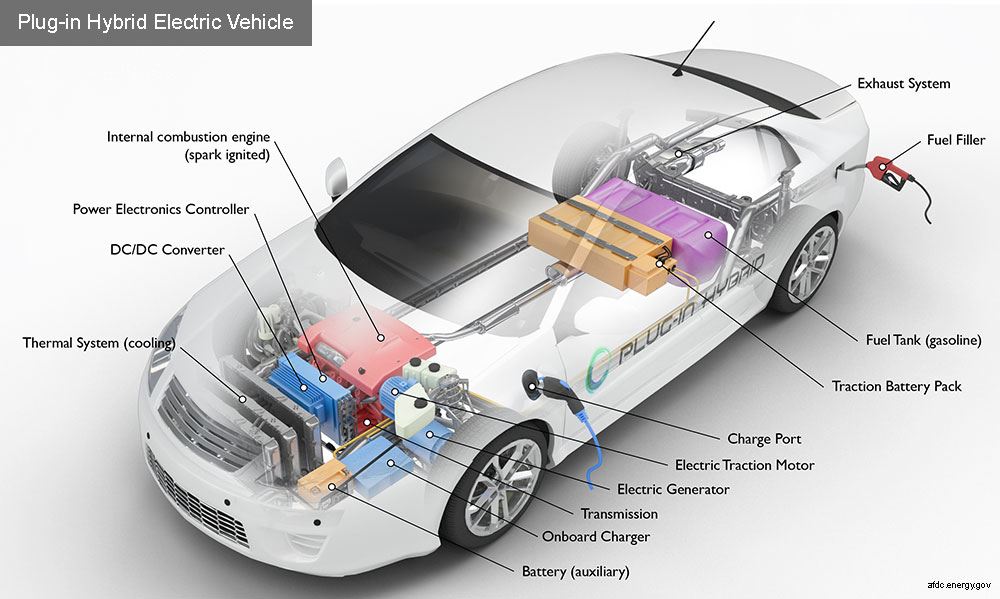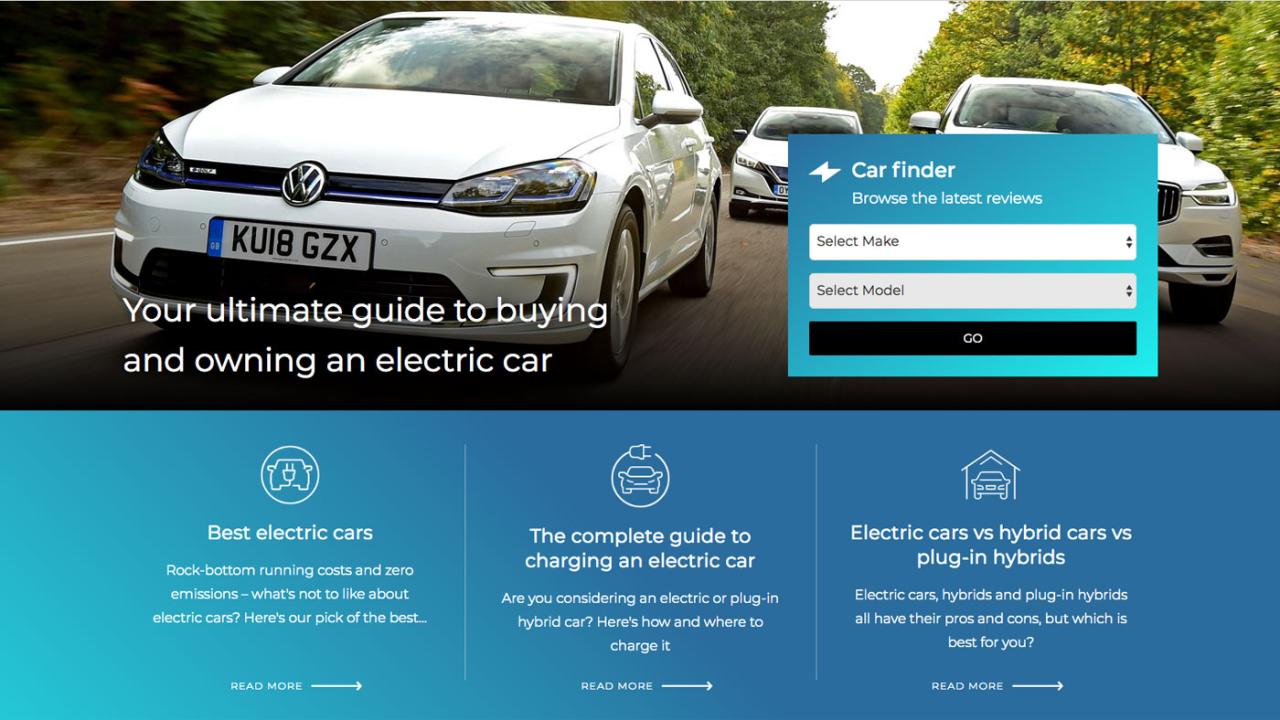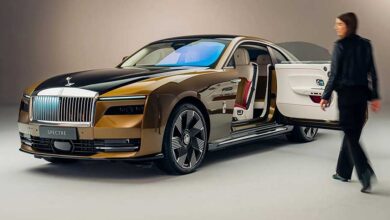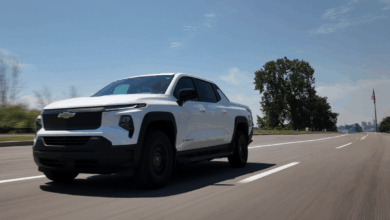Your Next Car Is Electric: The Ultimate Guide
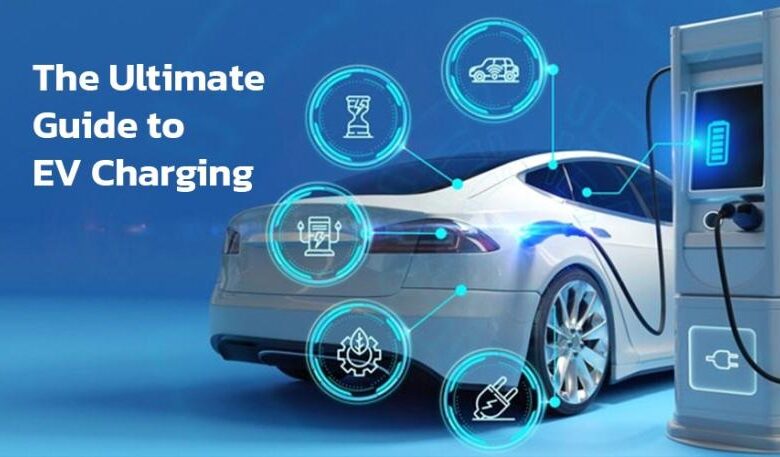
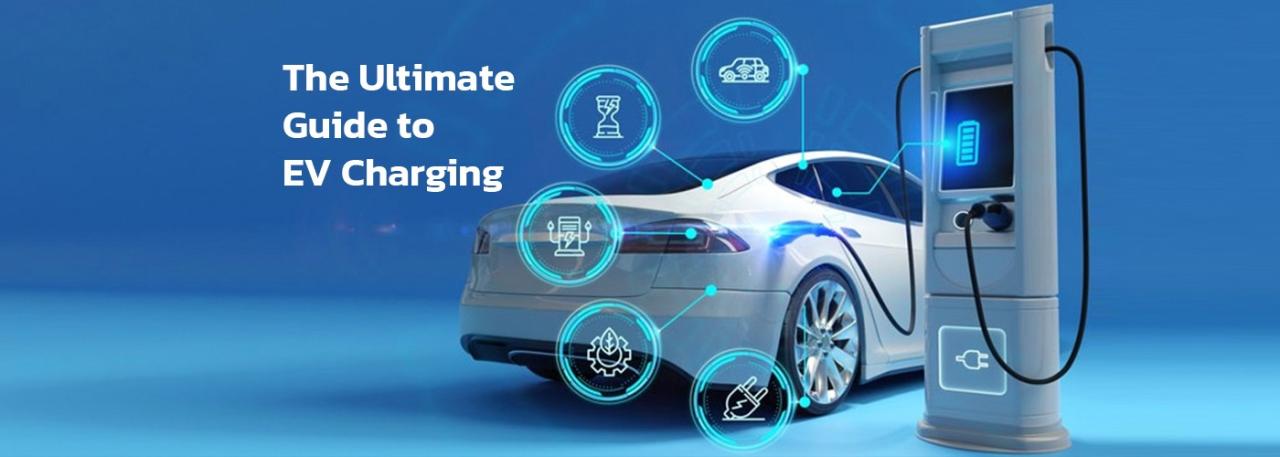
The automotive world is in the midst of a seismic shift, a transformation more profound than any since the replacement of the horse and carriage. The internal combustion engine, with its familiar rumble and complex machinery, is gracefully passing the baton. The future is silent, instantaneous, and powered by electrons. If you’re contemplating your next vehicle purchase, the question is no longer if you should go electric, but which electric vehicle (EV) is right for you. This comprehensive guide will demystify the EV landscape, providing an in-depth analysis of the benefits, addressing common concerns with factual clarity, and offering a practical roadmap for your transition to electric driving. Your next car is electric; let’s explore why and how.
A. The Electric Revolution: More Than Just a Trend
The move toward electrification is not a fleeting trend but a fundamental global pivot. A confluence of factors is driving this revolution: urgent climate imperatives, rapid technological advancements, and shifting consumer preferences. Governments worldwide are implementing stringent emissions regulations, with many, from Norway to the United Kingdom, setting definitive end dates for the sale of new gasoline and diesel cars. Automakers are responding with unprecedented investments, pledging hundreds of billions of dollars to electrify their fleets. This isn’t a niche market for early adopters anymore; it’s the new mainstream, representing the most significant evolution in personal transport in over a century.
B. The Compelling Advantages of Driving Electric
Choosing an electric vehicle is not merely an environmentally conscious decision; it’s a pragmatic one that offers a superior ownership experience.
A. Unrivaled Financial Savings on Fuel and Maintenance
This is the most immediate and tangible benefit for most drivers.
-
Fuel Costs: Electricity is significantly cheaper than gasoline on a per-mile basis. Charging an EV at home can cost the equivalent of paying $1 to $1.50 per gallon of gasoline. For the average driver, this translates to annual savings of hundreds, if not thousands, of dollars.
-
Maintenance Simplicity: EVs radically simplify the mechanical components under the hood. There is no internal combustion engine, which means no oil changes, no spark plugs, no timing belts, no exhaust systems, and no complex transmissions. This eliminates a vast portion of routine maintenance and associated costs. Say goodbye to emissions tests and most fluid replacements. The primary maintenance items become tire rotations, brake pads (which last much longer due to regenerative braking), and cabin air filter changes.
B. A Superior, Futuristic Driving Experience
Behind the wheel, an EV feels fundamentally different—and better.
-
Instant Torque and Acceleration: Electric motors deliver 100% of their torque instantly from a standstill. This results in breathtaking, silent, and seamless acceleration that leaves most gasoline cars in the dust. Merging onto highways and passing slower traffic becomes effortless and incredibly safe.
-
Quiet and Serene Operation: The absence of engine noise creates a remarkably quiet and calm cabin. This reduces driver fatigue on long journeys and allows you to enjoy music or conversation in peace. At low speeds, EVs are required to produce a subtle sound to alert pedestrians.
-
Regenerative Braking: This innovative feature allows the vehicle to recapture kinetic energy during deceleration and coasting, converting it back into electricity to recharge the battery. It not only increases efficiency and range but also means you often drive using only the accelerator pedal, a “one-pedal” driving mode that is both intuitive and relaxing.
C. Profound Environmental and Health Benefits
The environmental argument for EVs is powerful and multifaceted.
-
Zero Tailpipe Emissions: Unlike gasoline cars, EVs produce no carbon dioxide (CO2), nitrogen oxides (NOx), or particulate matter at the point of use. This dramatically improves urban air quality, reducing smog and respiratory illnesses in populated areas.
-
Lower Lifetime Carbon Footprint: Even when accounting for the manufacturing process and the source of electricity (the “well-to-wheel” analysis), EVs have a significantly lower carbon footprint over their entire lifecycle compared to internal combustion vehicles. As the electrical grid continues to decarbonize with more renewable energy sources like solar and wind, the EV’s carbon footprint will only improve.
D. Enhanced Convenience and Energy Independence
Imagine never having to visit a gas station again for your daily commute.
-
Home Charging: The ultimate convenience is waking up every morning to a “full tank.” By installing a Level 2 charger in your garage or simply using a standard household outlet for overnight charging, you refuel where your car is parked the longest.
-
Energy Security: With an EV and the right equipment, you can leverage your car’s battery as a backup power source for your home during outages. Furthermore, by pairing your EV with a home solar system, you can effectively drive on sunshine, achieving a remarkable level of energy independence and insulating yourself from volatile gas prices.
C. Demystifying Electric Vehicle Technology
To make an informed decision, it’s crucial to understand the core components that make an EV tick.
A. The Battery Pack: The Heart of the EV
The high-voltage lithium-ion battery pack is the most critical and expensive component. Its capacity is measured in kilowatt-hours (kWh), analogous to the size of a fuel tank.
-
Chemistry and Longevity: Modern EVs use advanced lithium-ion chemistries (like NMC or LFP) designed for high energy density and long life. Manufacturers typically warranty EV batteries for 8 years or 100,000 miles, guaranteeing they will retain a certain percentage (e.g., 70%) of their original capacity. Real-world data shows that battery degradation is minimal, with most packs lasting the lifetime of the vehicle.
-
Thermal Management: Sophisticated cooling and heating systems are essential for maintaining optimal battery temperature, ensuring performance in extreme weather, and maximizing the pack’s lifespan.
B. The Electric Motor: The Powerhouse
EVs use one or more electric motors to drive the wheels. These motors are marvels of simplicity and efficiency, converting over 85-90% of electrical energy into motion, compared to about 20-35% for a gasoline engine.
-
Permanent Magnet vs. Induction: The two main types are permanent magnet motors (highly efficient) and induction motors (powerful and don’t use rare-earth metals). Many all-wheel-drive vehicles cleverly use a combination of both on different axles to optimize performance and efficiency.
C. The Power Electronics: The Brain and Nervous System
This suite of components manages the flow of electricity.
-
Inverter: Converts the direct current (DC) from the battery into the alternating current (AC) needed to power the motor.
-
Onboard Charger: Converts AC power from the grid back into DC power to charge the battery.
-
DC-DC Converter: Steps down the high-voltage DC from the main battery to the low-voltage (12V) needed to power accessories like lights and the infotainment system.
D. A Realistic Look at EV Ownership: Addressing Range and Charging
“Range anxiety” is the most cited concern for prospective EV buyers, but it’s often based on outdated perceptions.
A. Understanding Real-World Range
-
EPA Estimates: Like MPG ratings, EPA range estimates are a useful guide. However, real-world range is affected by driving style, speed, weather (cold temperatures reduce range), and use of climate control.
-
Daily Needs vs. Maximum Range: The key perspective shift is to think about your daily driving needs. The average American drives less than 40 miles per day. Even an EV with a modest 150-mile range can easily cover a week of commuting on a single charge. For the occasional long trip, the public charging network comes into play.
B. The Three Tiers of Charging
Think of charging in three distinct speeds, each with its purpose.
A. Level 1 Charging (Trickle Charging): Uses a standard 120-volt household outlet. It’s slow, adding about 3-5 miles of range per hour. This is perfectly adequate for plug-in hybrids or EV owners with very short daily commutes.
B. Level 2 Charging (The Home and Public Workhorse): Uses a 240-volt circuit, similar to an electric dryer. It can add 20-40 miles of range per hour, fully charging most EVs overnight. This is the recommended solution for home installation and is widely available at workplaces, shopping centers, and public parking.
C. DC Fast Charging (The Road Trip Enabler): This is the highway pit-stop of charging. It can add 100-200 miles of range in just 20-30 minutes, making long-distance travel feasible. Networks like Tesla’s Supercharger, Electrify America, and EVGo are rapidly expanding their coverage and increasing charging speeds.
C. The Rapidly Expanding Charging Infrastructure
The U.S. is in the midst of a massive charging infrastructure build-out, fueled by both private investment and government funding from initiatives like the Bipartisan Infrastructure Law. Charging stations are becoming as common as gas stations along major interstates and in urban hubs. Modern in-car navigation systems and smartphone apps seamlessly plan your route, including necessary charging stops.
E. A Practical Guide to Choosing Your First EV
The EV market has exploded with options for every taste and budget. Here’s how to navigate the choices.
A. Define Your Budget and Incentives
-
Purchase Price: EVs range from affordable compact models to luxury sedans and SUVs. However, the total cost of ownership is often lower.
-
Federal and State Incentives: The U.S. federal government offers a tax credit of up to $7,500 for eligible new EVs, and many states provide additional rebates, tax credits, or HOV lane access. These incentives can dramatically reduce the upfront cost.
B. Analyze Your Driving and Lifestyle Needs
-
Primary Commuter vs. Only Vehicle: If it’s a commuter car, a lower-range, more affordable EV may be perfect. If it’s your only vehicle, prioritize one with a longer range and robust DC fast-charging capability.
-
Passenger and Cargo Space: Just like with any car, consider your family size and hauling needs. Evaluate both the trunk/frunk (“front trunk”) and interior space.
C. Research and Compare Key Specifications
-
Range: Match the range to your typical driving patterns.
-
Charging Speed: Look for the maximum DC fast-charging rate (in kW). A higher rate means shorter stop times on road trips.
-
Performance and Features: Consider horsepower, 0-60 mph times, and the technology features that are important to you, such as advanced driver-assistance systems (ADAS) and infotainment.
D. The Critical Test Drive
A test drive is more important than ever with an EV. Experience the instant acceleration, the quiet cabin, the one-pedal driving, and familiarize yourself with the digital interface. It’s a completely different sensation that must be felt to be understood.
F. The Future is Now: What’s Next for Electric Vehicles
The EV revolution is just getting started. The coming years will bring even more exciting developments.
-
Solid-State Batteries: The next frontier in battery technology, promising higher energy density, faster charging, improved safety, and lower costs. Widespread adoption is likely later this decade.
-
Vehicle-to-Grid (V2G) and Vehicle-to-Home (V2H): Your EV will become a mobile power plant, able to send energy back to the grid during peak demand or power your home during an outage.
-
Increased Model Diversity: The market will soon be flooded with electric pickups, vans, and more affordable compact cars, ensuring an option for every consumer segment.
-
Autonomous Driving: The advanced electrical architecture of EVs makes them the ideal platform for the development of self-driving technology.
Conclusion: Make the Informed Leap
The evidence is overwhelming. Electric vehicles offer a compelling package of lower operating costs, a thrilling driving experience, reduced environmental impact, and unparalleled convenience. The technology is mature, the infrastructure is expanding daily, and the choices are more diverse than ever. The perceived hurdles of range and charging are being systematically dismantled. Going electric is no longer a compromise; it’s an upgrade. When you weigh the facts and experience the silent, instantaneous power for yourself, the conclusion becomes inescapable. Your next car isn’t just a possibility—it’s a promise of a better, smarter, and cleaner way to drive. Your next car is electric.
Tags: electric vehicles, EV guide, electric car benefits, EV charging, Tesla, zero emissions, EV cost of ownership, electric car range, best electric cars, home charging installation, EV incentives, future of driving
Category: Automotive Technology

